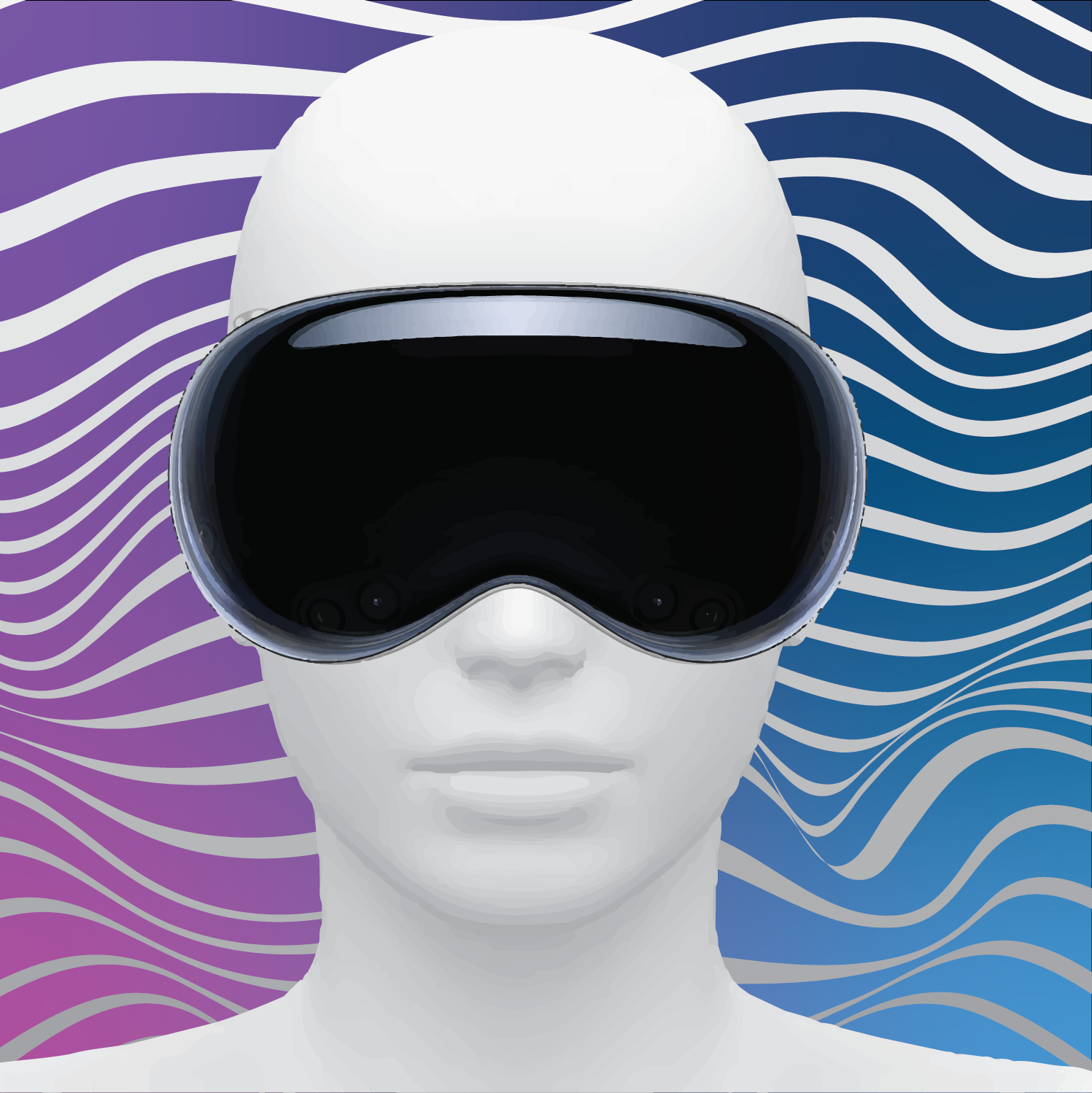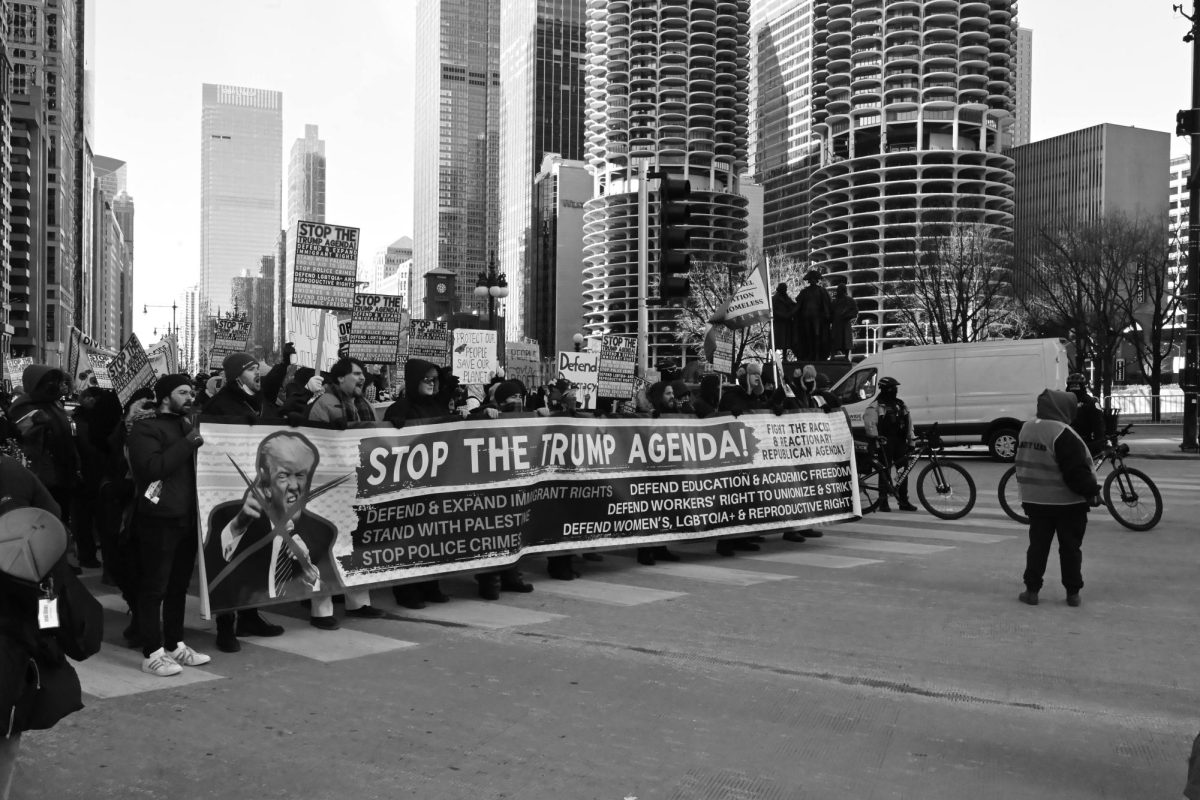YouTube reviews on Apple Vision Pro elicited my curiosity to make an appointment with a local Chicago area Apple Store to experience the Apple Vision Pro firsthand because the reviews were very mixed. I discovered the inside scoop of what it is like to use, what it is for, and its reliability for users.
As mentioned earlier, I made an appointment, but it was not simple. I had to log in to the Apple website with my Apple ID and password, receive a code on one of my Apple devices or via phone call, and then I had to punch in the code to gain access. After this, I chose an Apple store location, day, and time to try the Vision Pro for a 30-minute demonstration session. However, if you do not have an Apple ID or any Apple products, you will have to download iTunes and create a new Apple ID to try out this product.
Once at the store, I checked in, and the Apple representative helped to set it up for me. First, my glasses were scanned to get appropriate Zeiss lens inserts for the device. After the Zeiss lens inserts were placed into the goggles, I had to do an eye-tracking setup. I used an iPhone that flashed patterns across the screen that I had to keep my eyes on at all times while rotating my head in a series of directions to calibrate the device. If I moved my pupils off the screen, I had to start over. Just like video games require hand-eye coordination, the Vision Pro setup process requires eye-neck coordination. It felt very strange and unnatural.
Once the eye-tracking set-up was complete, I was finally able to wear the goggles. There is a knob on the right side along the user’s temporal bone, and it must be loosened to slide the goggles on and then tightened once it is in the correct position. Initially, I grasped the goggles by the magnetic light seal, but the Apple representative warned that the goggles may fall off, instructing me to grab them by their metallic frame. The light seal feels like the most intuitive part of the goggles for grabbing and handling the device, but it was clearly not capable.
The Apple representative can see everything I see through the goggles, from the screen of their iPad. After asking about this application, I was informed that it is only for Apple employees and internal affairs. Unfortunately, purchasers of the Vision Pro will not be given access to having shared experiences on an iPad. Screen recording is currently the only method to share an experience of the goggles with friends and family members. There is currently no way to share the wearer’s live experience with anybody else in the room, even if another Vision Pro device is present.
When fitting the goggles and the rear head strap to a user’s head, and for the duration of the Vision Pro session, the wearer should remove any hats they are wearing. When putting them on, the light seal was rather loose and continually became crooked, so I had to readjust several times. The process of putting on the goggles was cumbersome and less intuitive than I expected.
The Apple representative informed me to keep the externalized battery pack in my pocket for the duration of the demonstration. I left it on the table. This tethered battery pack added another layer of inconvenience to the Vision Pro’s usage.
After donning the Vision Pro, I had to go through more set-up. Six dots were forming a circle. I had to look at each dot and pinch the first and second digits on my hand together while doing so. It did not recognize my pinches at first, so I had to make larger pinches with my fingers. I was able to rest my hand on the table, look at each dot, and pinch. The entire setup process from the Zeiss lens, eye-tracking on the iPhone, fitting it on, and hand-tracking on the goggles took 15 minutes.
I was introduced to Home View, which displays 13 application icons staggered on-screen. In order to realign the Home View, I would have to press the digital crown on the upper right. The digital crown is the only tactile button on the goggles, which can be pressed or twisted. When I turn my head, the Home View remains in the same three-dimensional space.
I had to look precisely at what I meant to choose when pinching with my fingers. Unfortunately, this is not as intuitive as on a standard computer, I am not always looking at my cursor but the area around or adjacent to my cursor. Thus, I experienced misclicks several times.
In order to explore web pages in the Safari web browser, I would have to pinch my fingers and move them up or down. The scroll rate was far more sensitive, and I ended up scrolling too fast. The pinching mechanism did not feel intuitive as the user must unpinch to lock the page in place.
The next phase of the demonstration was to navigate to the Photos app and view 180-degree still panoramas. From here, I watched a spatial video of a birthday party, the type of which can only be shot on the Vision Pro or on the latest iPhone. This spatial video was reminiscent of the video games on the Nintendo 3DS because the subjects appeared to be three-dimensional as if they were right in front of me.
So far, the most impressive part of the Vision Pro was the astounding spatial audio quality of the over-ear headphones. It is important to know that these headphones are approximately one centimeter away from each of my ears, but they still retain auditory efficacy. It is too bad there is no Spotify, YouTube, or YouTube Music app for this device.
After this, I viewed 360-degree spatial video panoramas, which were created specifically by Apple. The first panorama was Mount Hood in Oregon. I was able to see the water rippling in the middle ground, the soil and pebbles in the foreground, and the mountain range in the background. Turning the digital crown clockwise increased immersion, while turning it counter clockwise reduced immersion. By increasing immersion, I was unable to see anything in my real environment, and by reducing immersion, I saw the panorama overlayed on top of my actual environment. When the immersion was dialed down, my hands came into view and looked incredibly strange. It looked as if there was a wavy animated silhouette outlining the perimeter of both of my hands. These 360-degree environments cannot be created by purchasers of the devices, and they are pre-loaded by Apple on the device.
Next, I opened multiple Safari web pages and scattered them around as if I had many computer monitors surrounding me. Safari web pages are not the only screens that can float around the user, any compatible app can float in addition to what is already open. The apps can be placed on the ceiling, floor, and anywhere around the user.
Following this, I was shown a 3D clip of “The Super Mario Bros. Movie”, clips of nature documentaries, mountain climbing and animals. It felt very reminiscent of watching documentaries in the Museum of Science and Industry’s Omnimax Theater. It is important to know that this type of immersive content cannot be shot on an iPhone, which I verified with the Apple representative. All 3D content must be rented via an Apple TV subscription.
After 30 minutes of using the device, I took it off, and I noticed how heavy the goggles were. Watching a two-hour film could definitely become tiring, daunting, or uncomfortable, though there is an over-the-head band that can alleviate pressure from the user’s face.
“[The battery] does only last up to two hours, but there [are] external ones that you can purchase,” the Apple representative said. It may be worth booking a demonstration at an Apple Store, but the current version of this product is not worth purchasing at its current state or price point.
Apple Vision Pro has spatial computing technology, but it also has limitations in terms of functionality. In the past, Apple products typically relied on the form over function, and Vision Pro’s functionality is no different because it depends on each user’s specific use. Therefore, the product can have heavily weighted restrictions and feel very locked down. While Apple fanboys and girls call it an ‘ecosystem,’ I feel that it is more representative of a ‘prison’ because of these excessive restrictions.





